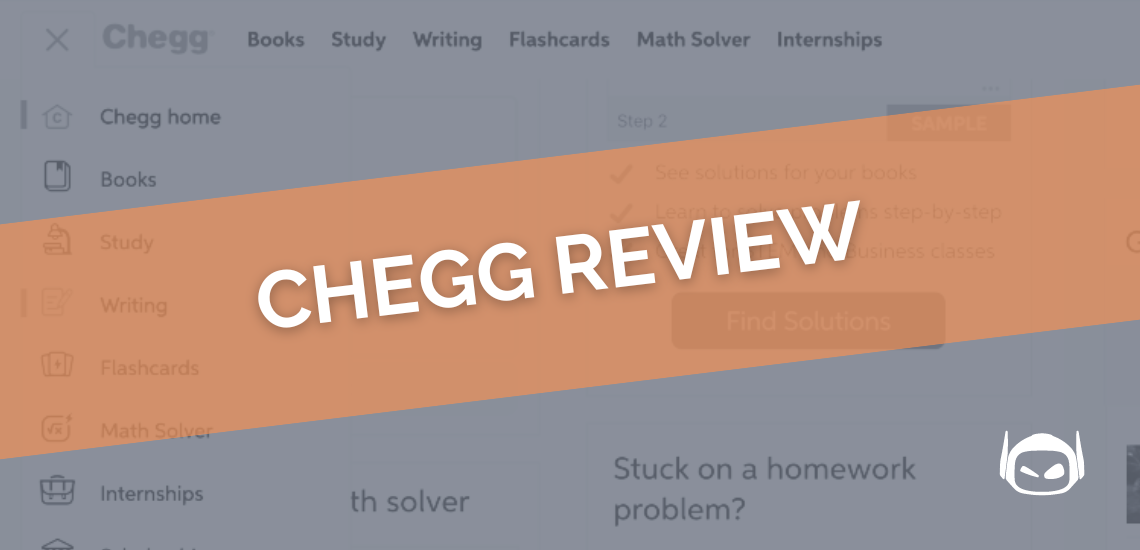
Are you thinking about using Chegg, but are unsure if...
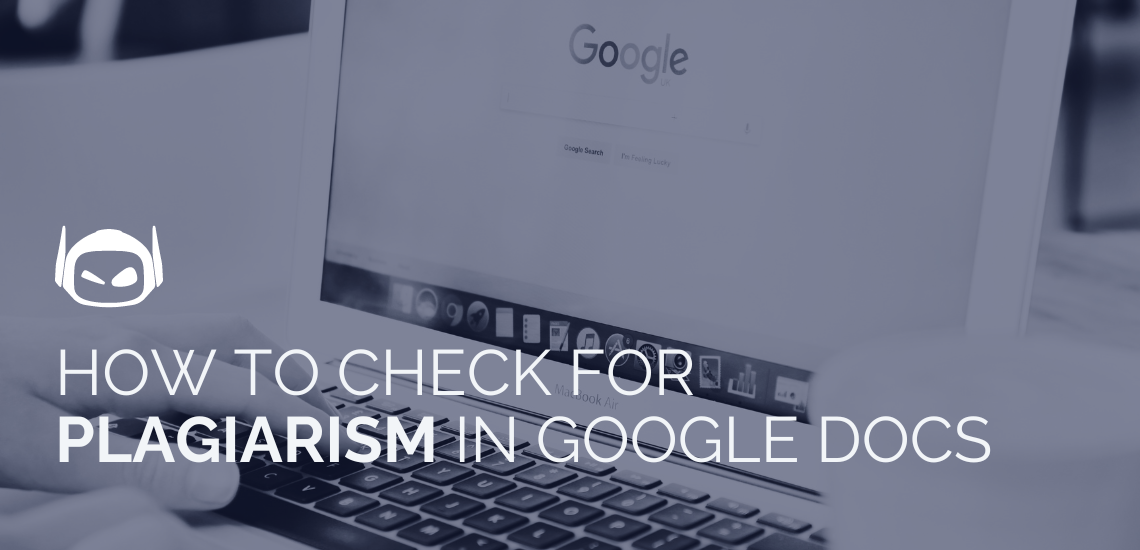
AI has made it easier than ever to plagiarize. But...
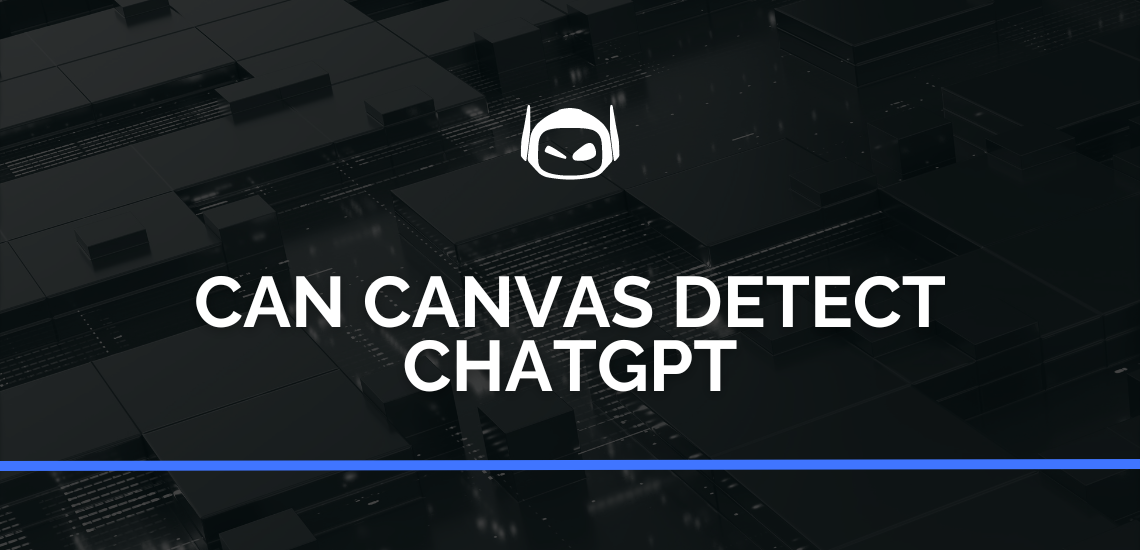
This is the age of the AI generation. Artificial intelligence...
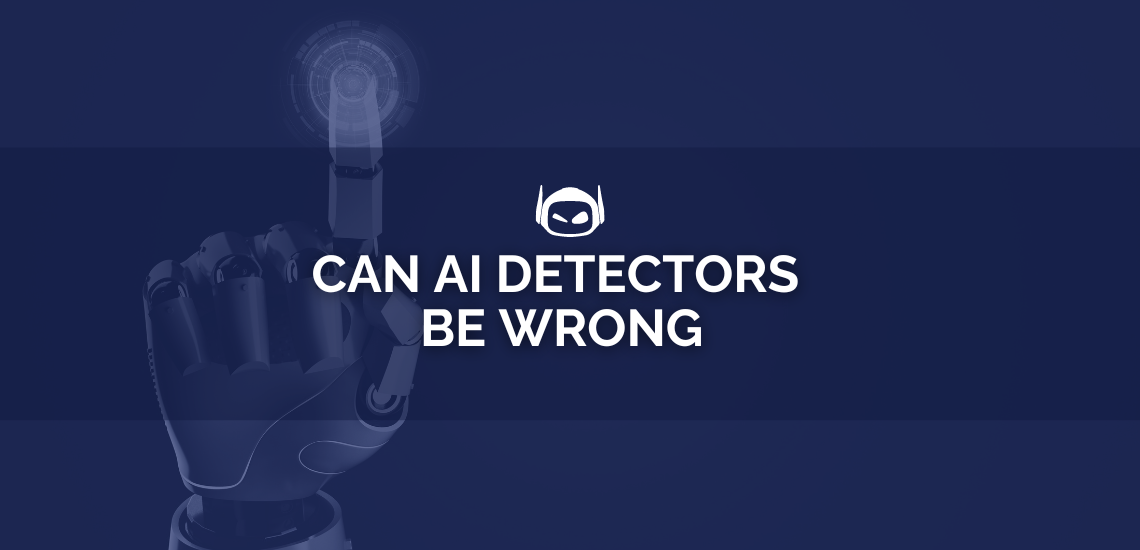
General Guide About Content and Writing
We are now in the era of modernization, where Artificial...
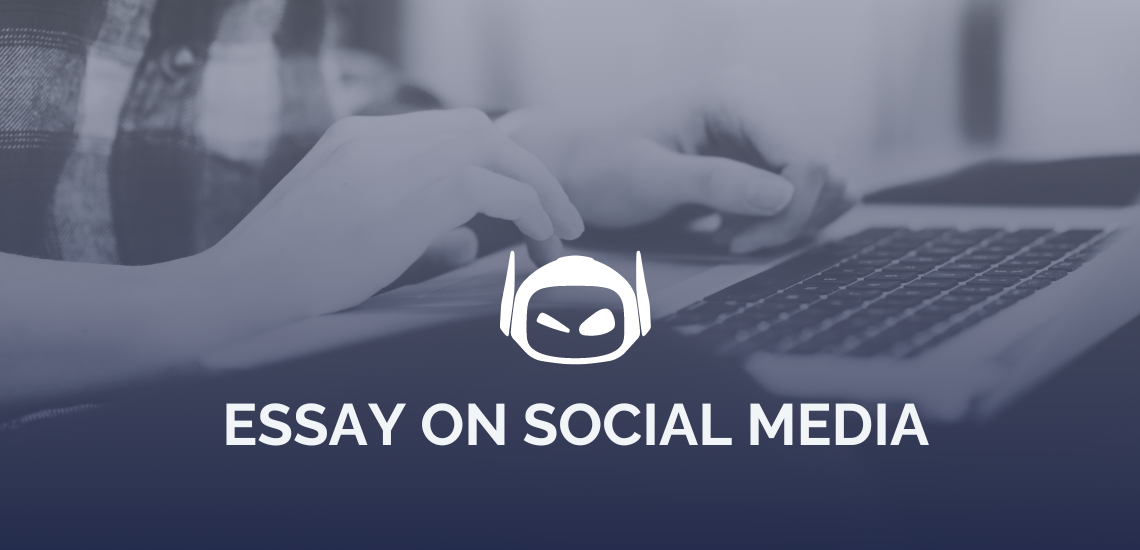
General Guide About Content and Writing
If you want to write an essay on social media,...

Do you know the correct way to spell the word...
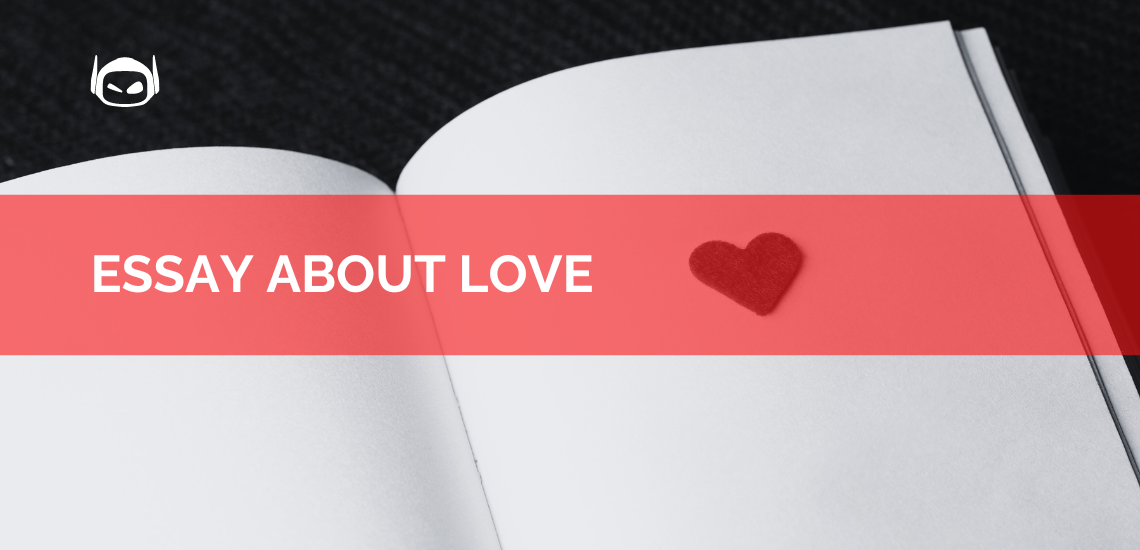
General Guide About Content and Writing
Do you need to write an essay about love but...
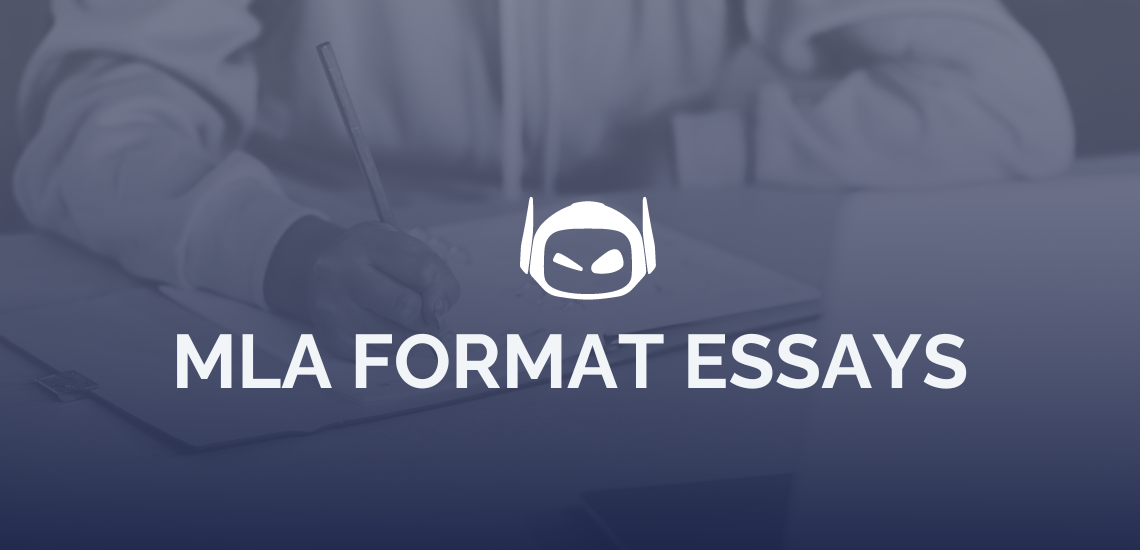
General Guide About Content and Writing
Schools are fond of following a specific format and writing...
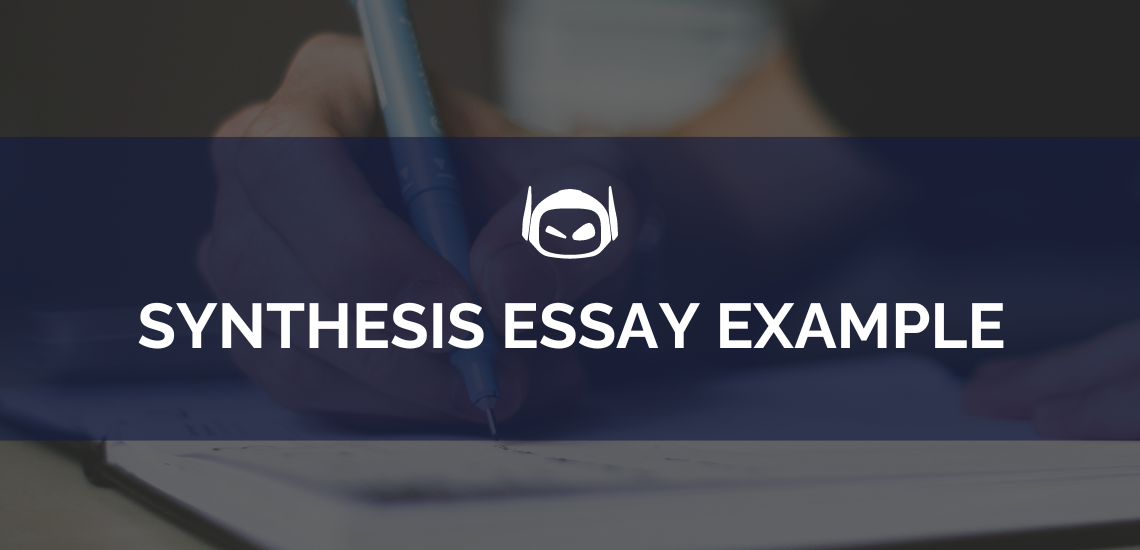
Are you finding it hard to get better grades for...

When it comes to choosing the best AI writing tool...